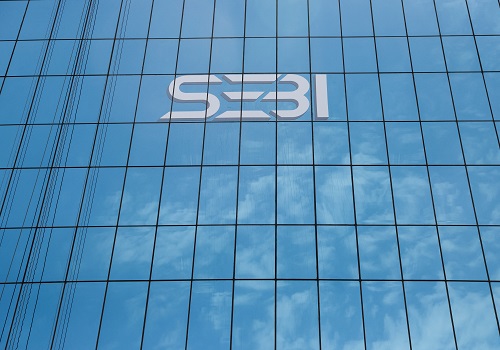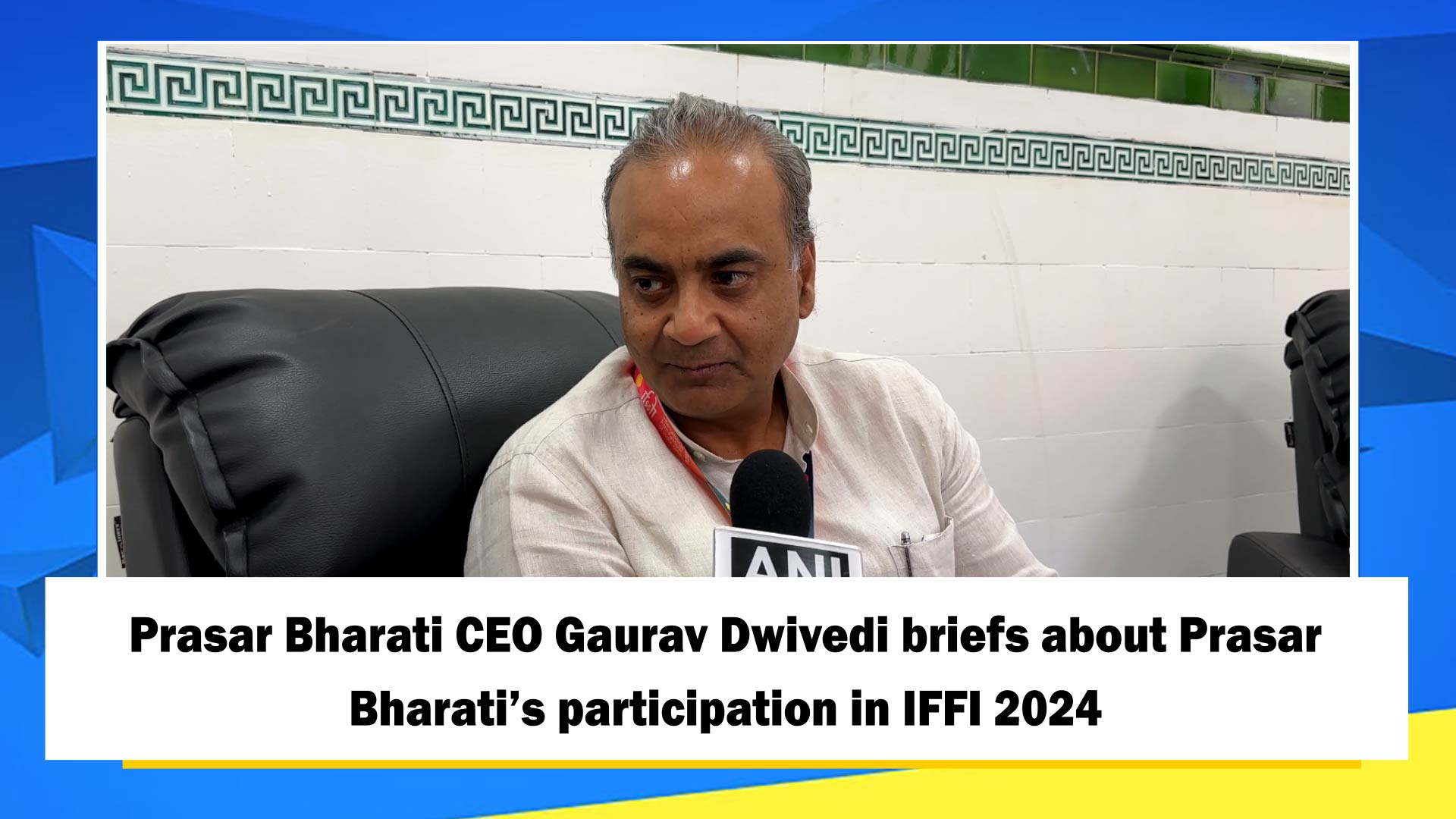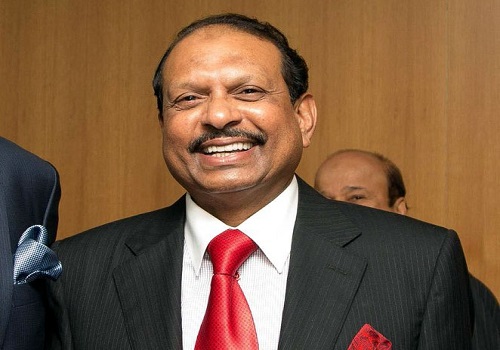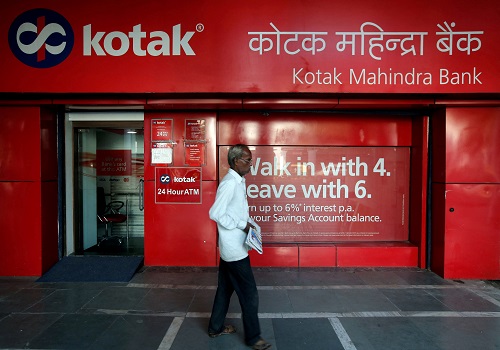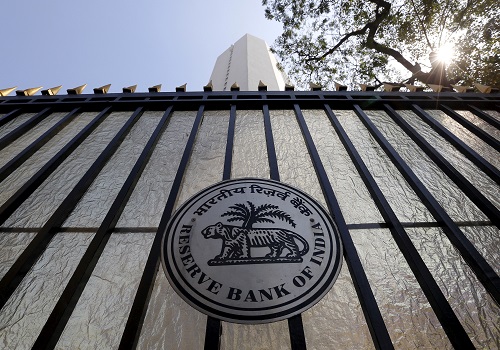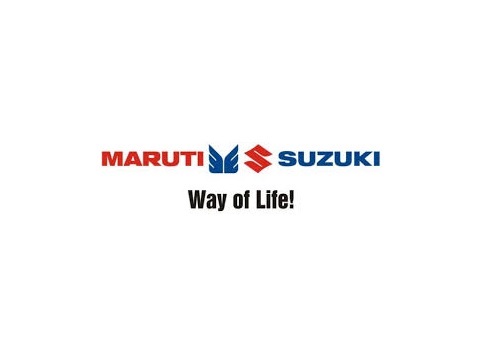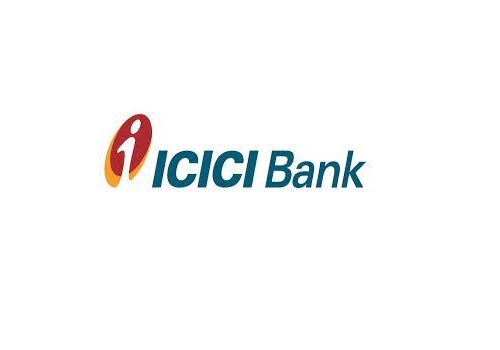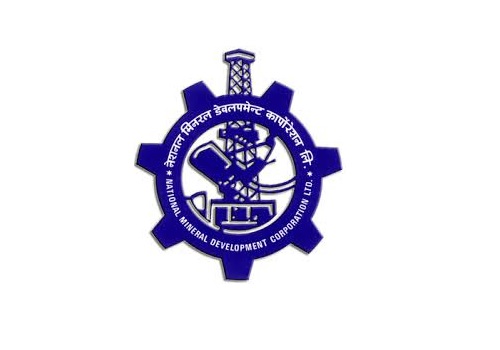Buy IDFC FIRST Bank Ltd For Target Rs.70 - ICICI Securities
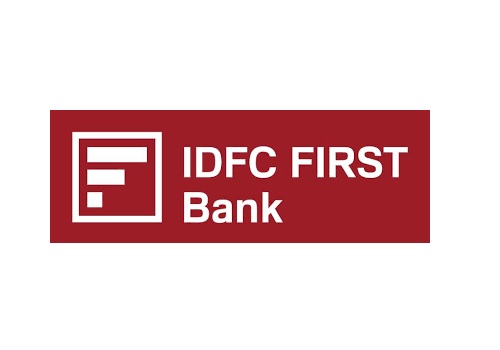
Follow us Now on Telegram ! Get daily 10 - 12 important updates on Business, Finance and Investment. Join our Telegram Channel
Retail slippages drag earnings; incremental unit economics superior
IDFC FIRST Bank has reported loss of Rs6.3bn, dragged by elevated credit cost of Rs18.8bn (>6%) and higher opex (up 52% YoY/down 6% QoQ). Coming from a highgrowth phase in retail (compounding at 34% CAGR over FY19-FY21), covid disruption posed challenge to its retail asset quality (retail slippages at >9%). Slippage of one lumpy infra account (from identified stress pool) pushed GNPAs up. Based on the latest cheque bounce trends, collection efficiency, vintage analysis, bank expects <2.5% credit cost in FY22. However, we conservatively build 3.2%/2.5% credit cost for FY22E/FY23E.
NIMs settle much higher at 5.5% (benefitting from deposit rate cut) and NII grew 25% YoY/11% QoQ. Current RoE profile has been dragged by high-cost structure and elevated credit cost. Nonetheless, its marginal unit economics is superior and incremental retail disbursements have potential to generate higher RoEs. Maintain BUY with revised 2-years target price of Rs70 (earlier: Rs73). Key risks would be sustenance of cutting-edge execution of stated strategy and elevated ‘cost to income’.
* Lumpy infra account pushes GNPAs up: GNPAs have risen from 4.15% to 4.61% as slippages were elevated at Rs28bn. This includes one large infrastructure account (Mumbai-based toll road) of Rs8.5bn that slipped from identified stress SMA-2 pool. Infra GNPA, consequently, went up from 5% to 15%. It was carrying provisions of 18% on this account and borrower continues to repay its dues, partially, even in Q1FY22 (principal outstanding has come down in Q1FY22 by Rs190mn). Incremental provisioning, therefore, was not needed on this account.
* Coming from a high growth phase, retail slippages >9% amidst covid disruption: Coming from a high-growth phase in retail (compounding at 34% CAGR over FY19- FY21), covid second wave disruption posed challenge to collections and logistics. Early bucket collection efficiency of urban retail derailed in May to 95% (from >99% in March). However, it is back to >99% in Jul’21. Retail slippages were higher at Rs18bn (>9% runrate) predominantly flowing from wheels segment (2W and CV) and JLG business (in rural areas). Despite this, retail NPAs declined from 4% to 3.86% supported by upgrades and recoveries of Rs6bn and aggressive write-offs of Rs14bn.
* Credit cost abnormally higher at >6%; guides for FY22 credit cost at 2.5%: Credit cost of Rs18.9bn resulted in bank reporting loss for this quarter. There was ageing provision required to be taken that may not reflect actual economic loss but represent a delay in timing of repayments. Bank has created additional covid provisions of Rs3.5bn taking the cumulative provision pool to Rs7.25 (60bps of funded assets). It believes the full estimated impact of second wave is also now provided for in the books. Based on the recent portfolio’s quality indicators (latest cheque bounce trends, collection efficiency, vintage analysis), it expects provisions to taper off from here for the rest of the year (assuming no third wave). The bank expects to reduce annualised credit costs to <2% by Q4FY22 on retail loans and overall credit cost to be managed within 2.5% for FY22. However, we are conservatively building in 3.2%/2.5% credit cost for FY22E/FY23E, respectively.
* Identified stress pool at 1.2%; restructuring portfolio at 2%: Identified stress pool (including SMA-2) with slippages of toll road account came down to 1.2% of funded assets at Rs13.7bn (from Rs22.6bn). Restructured portfolio in retail segment was 1.81% and restructuring for overall portfolio stood at 2.01% of the funded assets (vs 0.8% in FY21). Evaluating the pipeline, restructuring in Q2FY22 seems to be limited for now.
* Retail growth sustained; wholesale run-down continues: Retail funded assets grew 27% YoY – it was flat QoQ aided by 3% home loan portfolio growth, while SME and wheels were down 6-7% QoQ. Bank has also recently launched gold loans, primarily targeted at rural customers and credit cards with variants offering lifetime free, dynamic interest rate, highly rewarding programmes, interest-free cash withdrawal, etc. Also, after having tapped the affordable housing segment (yields of 8- 9%), now with reduced savings and term deposit rates, it is also participating in the prime home loan market (with competitive rates starting at 6.9%). Besides the newlylaunched products, the bank plans to effectively scale-up its entire bouquet of retail portfolio. It is committed to reduce concentration risk and is steadily running off wholesale exposure - down 5% QoQ/15% YoY to Rs321bn.
* NIMs improved to 5.5% benefitting from deposit rate cut: Despite reduction of SA rates by 200bps in last 6 months, CASA was sustained at 50.9%. NIMs improved to 5.5% (from 4.98% in FY21). Incremental yield on retail book is about 14.5% and incremental cost of funds at <5% suggesting incremental NIM in retail lending is 9.5%. Assessment of incremental RoE on the retail lending business on the composite basis is in high teens. Since dominant book is expected to be retail, it will drive profitability going forward.
* Investment in franchise comes at a cost; efficiency key to drive RoAs: Bank has actively invested in people, processes, products, infrastructure and technology for a long-term sustainable growth engine. However, this has come at a cost, and the cost structure hovers much higher compared to peers. Operating cost was up 52% YoY and down mere 6% QoQ. However, cost efficiency and containment will be a key RoA driver going forward.
* Progress on guidance given for FY24-FY25: Bank had already exceeded CASA target, which currently stands at 50.86% vs its target of 30%. Top 20 depositors’ concentration has plummeted to 9% and in due course, it would reach its target of 5%. Investment in franchise would continue and from current network of 601 branches, it targets to reach 800-900 branches, if required. With retail portfolio scaling significantly to Rs727bn (64% of funded assets), it is well on track to achieve Rs1trn target (70% of funded assets). Top 10 borrowers as a % of total funded assets is now down 5.8%, on track towards <5% target. GNPA is still hovering high at 4.61% vs its target of 2.0- 2.5% for FY24-FY25 and NNPA at 2.32% vs its target of 1.0-1.2%. Eventually, as retail becomes a dominant part of the portfolio, with these metrics, it is targeting 13-15% RoE for FY24-FY25.
To Read Complete Report & Disclaimer Click Here
For More ICICI Securities Disclaimer https://www.icicisecurities.com/AboutUs.aspx?About=7
Above views are of the author and not of the website kindly read disclaimer


